 An empire involves the extension of a state's sovereignty over external territories. For example, first the Spanish Empire and then the British Empire were called "the empires on which the sun never sets", because of their territories and possessions around the globe. This article provides a list of the largest empires in world history.
An empire involves the extension of a state's sovereignty over external territories. For example, first the Spanish Empire and then the British Empire were called "the empires on which the sun never sets", because of their territories and possessions around the globe. This article provides a list of the largest empires in world history.For context, note that the total land area of the Earth is 148.94 million km2
1. British Empire - 33.7 million km2 (1922)
 The British Empire comprised the dominions, colonies, protectorates, mandates, and other territories ruled or administered by the United Kingdom, that had originated with the overseas colonies and trading posts established by England in the late 16th and early 17th centuries. At its height it was the largest empire in history and, for over a century, was the foremost global power. By 1922, the British Empire held sway over a population of about 458 million people, one-quarter of the world's population at the time, and covered more than 13,000,000 square miles (33,670,000 km2): approximately a quarter of the Earth's total land area. As a result, its political, linguistic and cultural legacy is widespread. At the peak of its power, it was often said that "the sun never sets on the British Empire" because its span across the globe ensured that the sun was always shining on at least one of its numerous territories.
The British Empire comprised the dominions, colonies, protectorates, mandates, and other territories ruled or administered by the United Kingdom, that had originated with the overseas colonies and trading posts established by England in the late 16th and early 17th centuries. At its height it was the largest empire in history and, for over a century, was the foremost global power. By 1922, the British Empire held sway over a population of about 458 million people, one-quarter of the world's population at the time, and covered more than 13,000,000 square miles (33,670,000 km2): approximately a quarter of the Earth's total land area. As a result, its political, linguistic and cultural legacy is widespread. At the peak of its power, it was often said that "the sun never sets on the British Empire" because its span across the globe ensured that the sun was always shining on at least one of its numerous territories.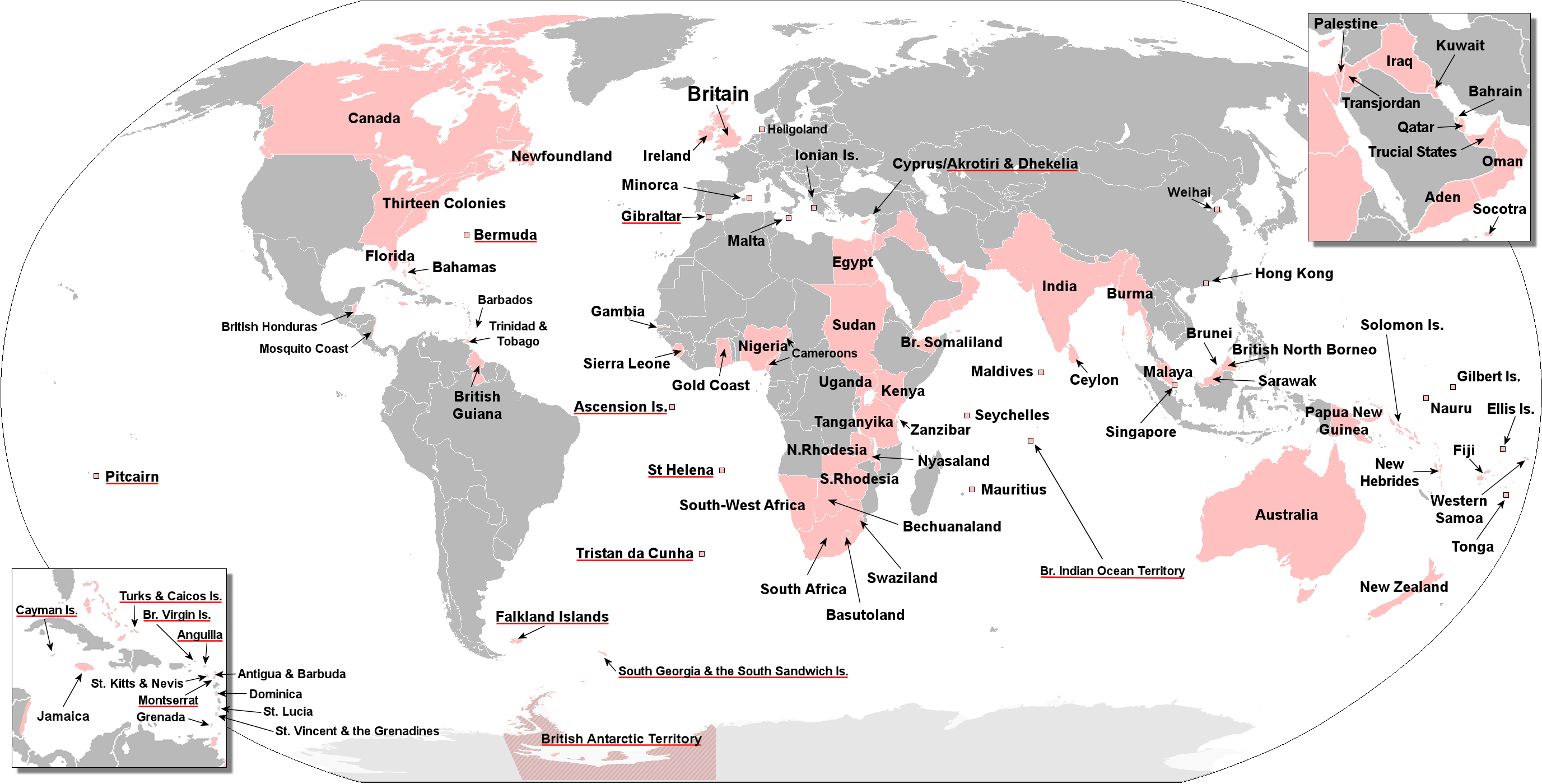 The areas of the world that at one time were part of the British Empire. Current British overseas territories are underlined in red.
The areas of the world that at one time were part of the British Empire. Current British overseas territories are underlined in red.2. Mongol Empire - 33.0 million km2 (1270 or 1309)
 The Mongol Empire was an empire from the 13th and 14th century spanning from Eastern Europe across Asia. It is the largest contiguous empire in the history of the world. It emerged from the unification of Mongol and Turkic tribes in modern day Mongolia, and grew through invasions, after Genghis Khan had been proclaimed ruler of all Mongols in 1206. At its greatest extent it stretched from the Danube to the Sea of Japan and from the Arctic to Camboja, covering over 33,000,000 km2 (12,741,000 sq mi), 22% of the Earth's total land area, and held sway over a population of over 100 million people. It is often identified as the "Mongol World Empire" because it spanned much of Eurasia. As a result of the empire's conquests and political and economic impact on most of the Old World, its wars with other great powers in Africa, Asia and Europe are also believed to be an ancient world war.[8][9] Under the Mongols new technologies, various commodities and ideologies were disseminated and exchanged across Eurasia.
The Mongol Empire was an empire from the 13th and 14th century spanning from Eastern Europe across Asia. It is the largest contiguous empire in the history of the world. It emerged from the unification of Mongol and Turkic tribes in modern day Mongolia, and grew through invasions, after Genghis Khan had been proclaimed ruler of all Mongols in 1206. At its greatest extent it stretched from the Danube to the Sea of Japan and from the Arctic to Camboja, covering over 33,000,000 km2 (12,741,000 sq mi), 22% of the Earth's total land area, and held sway over a population of over 100 million people. It is often identified as the "Mongol World Empire" because it spanned much of Eurasia. As a result of the empire's conquests and political and economic impact on most of the Old World, its wars with other great powers in Africa, Asia and Europe are also believed to be an ancient world war.[8][9] Under the Mongols new technologies, various commodities and ideologies were disseminated and exchanged across Eurasia.3. Russian Empire - 23.7 million km2 (1866)
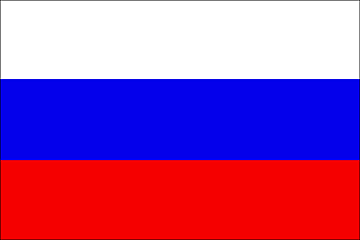 The Russian Empire was a state that existed from 1721 until the Russian Revolution of 1917. It was the successor to the Tsardom of Russia, and the predecessor of the Soviet Union. It was the second largest contiguous empire in world history, surpassed only by the Mongol Empire, and the third largest empire behind the British Empire and the Mongol Empire. At one point in 1866, it stretched from eastern Europe, across Asia, and into North America.
The Russian Empire was a state that existed from 1721 until the Russian Revolution of 1917. It was the successor to the Tsardom of Russia, and the predecessor of the Soviet Union. It was the second largest contiguous empire in world history, surpassed only by the Mongol Empire, and the third largest empire behind the British Empire and the Mongol Empire. At one point in 1866, it stretched from eastern Europe, across Asia, and into North America.At the beginning of the 19th century, Russia was the largest country in the world, extending from the Arctic Ocean to the north to the Black Sea on the south, from the Baltic Sea on the west to the Pacific Ocean on the east. With 176.4 million subjects, it had the third largest population of the world at the time, after Qing China and the British Empire. It represented a great disparity in economic, ethnic, and religious positions. Its government, ruled by the Emperor, was one of the last absolute monarchies left in Europe. Prior to the outbreak of World War I in August 1914 Russia was one of the five major Great Powers of Europe.
4. Spanish Empire - 20.0 million km2 (ca. 1740-1790)
 The Spanish Empire consisted of the territories and colonies administrated directly by Spain in Europe, the Americas, Africa, Asia and Oceania. In the peak of its power, it was one of the largest empires in world history, and one of the first global empires. It lasted from the 15th century through—in the case of its African holdings—the latter portion of the 20th century. Spain had emerged in the latter 1480s with a personally unified monarchy, by the marriage of the 'Catholic Monarchs' (los Reyes Catolicos), monarchs of the Kingdoms of Castile and Aragon. Rule was separate but internal and foreign policy was coordinated finally. In 1492 their final Reconquista of the Iberian peninsula from Islamic Moorish Al-Andalus, in the Battle of Granada, opened resources for exploration and colonization in Empire building. That same year Christopher Columbus commanded the first Spanish exploratory voyage west across the Atlantic Ocean, leading to Europe's eventual colonial engagement with the Americas. The Western Hemisphere thereby became the focus of the Castile and then the Spanish crown in the Spanish colonization of the Americas.
The Spanish Empire consisted of the territories and colonies administrated directly by Spain in Europe, the Americas, Africa, Asia and Oceania. In the peak of its power, it was one of the largest empires in world history, and one of the first global empires. It lasted from the 15th century through—in the case of its African holdings—the latter portion of the 20th century. Spain had emerged in the latter 1480s with a personally unified monarchy, by the marriage of the 'Catholic Monarchs' (los Reyes Catolicos), monarchs of the Kingdoms of Castile and Aragon. Rule was separate but internal and foreign policy was coordinated finally. In 1492 their final Reconquista of the Iberian peninsula from Islamic Moorish Al-Andalus, in the Battle of Granada, opened resources for exploration and colonization in Empire building. That same year Christopher Columbus commanded the first Spanish exploratory voyage west across the Atlantic Ocean, leading to Europe's eventual colonial engagement with the Americas. The Western Hemisphere thereby became the focus of the Castile and then the Spanish crown in the Spanish colonization of the Americas.During the Age of Discovery, Spain began to settle the Caribbean islands and conquistadors soon toppled native empires such as the Aztecs and Incas on mainland South America. Later expeditions established an empire that stretched from present-day Canada in North America to the Falklands in South America. The Spanish expedition of world circumnavigation started by Ferdinand Magellan in 1519, and completed by Juan Sebastian Elcano in 1522, achieved what Columbus had longed for, a westward route to Asia, and brought the Far East to Spain's attention, where it established colonies in Guam, the Philippines and surrounding islands. During its Siglo de Oro, the Spanish Empire comprised the Netherlands, Luxembourg, Belgium, most of Italy, parts of Germany, parts of France, territories in Africa, Asia and Oceania, as well as large areas in the Americas. By the 17th century Spain controlled an empire on a scale and world distribution that had never been approached by its predecessors.
5. Qing Empire, China - 14.7 million km2 (1790)
 The Qing Dynasty, also known as the Manchu Dynasty, was the last ruling dynasty of China, ruling from 1644 to 1912 (with a brief, abortive restoration in 1917). It was preceded by the Ming Dynasty and followed by the Republic of China.
The Qing Dynasty, also known as the Manchu Dynasty, was the last ruling dynasty of China, ruling from 1644 to 1912 (with a brief, abortive restoration in 1917). It was preceded by the Ming Dynasty and followed by the Republic of China.The dynasty was founded by the Manchu clan Aisin Gioro in what is today northeast China (also known as Manchuria). Starting in 1644 it expanded into China proper and its surrounding territories, establishing the Empire of the Great Qing. Complete pacification of China was accomplished around 1683 under the Kangxi Emperor.
Originally established as the Later Jin Dynasty Amaga Aisin Gurun in 1616, it changed its name to "Qing", meaning "clear" or "pellucid" in 1636. In 1644 Beijing was sacked by a coalition of rebel forces led by Li Zicheng, a minor Ming official turned leader of the peasant revolt. The last Ming Emperor Chongzhencommitted suicide when the city fell, marking the official end of the dynasty. The Manchus then allied with Ming Dynasty general Wu Sangui and seized control of Beijing and overthrew Li's short-lived Shun Dynasty.
During its reign the Qing Dynasty became highly integrated with Chinese culture. The dynasty reached its height in the 18th century, during which both territory and population were increased. However, its military power weakened hereafter and faced with massive rebellions and defeats in wars, the Qing Dynasty declined after the mid-19th century. The Qing Dynasty was overthrown following the Xinhai Revolution, when the Empress Dowager Longyu abdicated on behalf of the last emperor, Puyi, on February 12, 1912.
6. Yuan Dynasty - 14.0 million km2 (1310)
The Yuan Dynasty or Great Yuan Empire was a Mongol-founded historical state or ruling dynasty in Mongolia and China, lasting officially from 1271 to 1368. It is considered both as a division or continuation of the Mongol Empire and as an imperial dynasty of China. In Chinese history, the Yuan Dynasty followed the Song Dynasty and preceded the Ming Dynasty. Although the dynasty was established by Kublai Khan, he had his grandfather Genghis Khan placed on the official record as the founder of the dynasty or Taizu. Besides Emperor of China, Kublai Khan had also claimed the title of Great Khan, i.e. supremacy over the other Mongol khanates (Chagatai Khanate, Golden Horde, Ilkhanate); however this claim was only truly recognized by the Il-Khanids, who were nevertheless essentially self-governing. Although later emperors of the Yuan Dynasty were recognized by the three virtually independent western khanates as their nominal suzerains, they each continued their own separate developments. The Yuan is sometimes referred to as the Empire of the Great Khan, as the Mongol Emperors of the Yuan held the title of Great Khan of all Mongol Khanates.
7. Umayyad Caliphate - 13.0 million km2 (720 or 750)
 The Umayyad Caliphate was the second of the four Islamic caliphates established after the death of Muhammad. It was ruled by the Umayyad dynasty, whose name derives from Umayya ibn Abd Shams, the great-grandfather of the first Umayyad caliph. Although the Umayyad family originally came from the city of Mecca, Damascus was the capital of their Caliphate. Eventually, it would cover more than five million square miles, making it the largest empire the world had yet seen, and the fifth largest contiguous empire ever to exist. After the Umayyads were overthrown by the Abbasid Caliphate, they relocated to Al-Andalus, where they established the Caliphate of Córdoba.
The Umayyad Caliphate was the second of the four Islamic caliphates established after the death of Muhammad. It was ruled by the Umayyad dynasty, whose name derives from Umayya ibn Abd Shams, the great-grandfather of the first Umayyad caliph. Although the Umayyad family originally came from the city of Mecca, Damascus was the capital of their Caliphate. Eventually, it would cover more than five million square miles, making it the largest empire the world had yet seen, and the fifth largest contiguous empire ever to exist. After the Umayyads were overthrown by the Abbasid Caliphate, they relocated to Al-Andalus, where they established the Caliphate of Córdoba.A caliphate is the Islamic form of government representing the political unity and leadership of the Muslim world. The Caliph's position is based on the notion of a successor to Muhammad's political authority. According to Sunnis, a Caliph can be any pious Muslim who is elected by the Muslims or their representatives; and according to Shia Islam, an Imam descended in a line from the Ahl al-Bayt.
The Umayyads established the largest Arab-Muslim state in history. From the time of prophet Muhammad until 1924, successive and contemporary caliphates were held by various dynasties, including the Rashidun Caliphate of the first four caliphs after Muhammad, the Umayyads based in Damascus and Córdoba, the Abbasids based in Baghdad & later in Cairo, the Fatimids based in Cairo, and finally the Turkish Ottoman Empire based in Constantinople.
8. Second French Colonial Empire - 12.3 million km2 (1938)
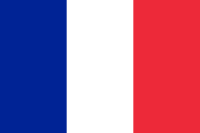 The French colonial empire is the set of territories outside Europe that were under French rule primarily from the 1600s to the late 1960s. In the 19th and 20th centuries, the colonial empire of France was the second largest in the world behind the British Empire. The French colonial empire extended over 12,347,000 km² (4,767,000 sq. miles) of land at its height in the 1920s and 1930s. Including metropolitan France, the total amount of land under French sovereignty reached 12,898,000 km² (4,980,000 sq. miles) at the time, which is 8.6% of the Earth's total land area. Its influence made French the fourth-most spoken colonial European language, behind English, Spanish, and Portuguese.
The French colonial empire is the set of territories outside Europe that were under French rule primarily from the 1600s to the late 1960s. In the 19th and 20th centuries, the colonial empire of France was the second largest in the world behind the British Empire. The French colonial empire extended over 12,347,000 km² (4,767,000 sq. miles) of land at its height in the 1920s and 1930s. Including metropolitan France, the total amount of land under French sovereignty reached 12,898,000 km² (4,980,000 sq. miles) at the time, which is 8.6% of the Earth's total land area. Its influence made French the fourth-most spoken colonial European language, behind English, Spanish, and Portuguese.France began to establish colonies in North America, the Caribbean and India, following Spanish and Portuguese successes during the Age of Discovery, in rivalry with Britain for supremacy. A series of wars with Britain during the 1700s and early 1800s, which France lost, ended its colonial ambitions on these continents, and with it is what some historians term the "first" French colonial empire. In the 19th century, France established a new empire in Africa and South East Asia. Some of these colonies lasted beyond the invasion and occupation of France by Nazi Germany during World War II.
Following the war, anti-colonial movements began to challenge French authority. France unsuccessfully fought bitter wars from after the 1940s until the early 1960s in Vietnam and Algeria to keep its empire intact. By the end of the 1960s, most of France's colonies had gained independence, save for a series of islands and archipelagos which were integrated into France as overseas departments and territories. These total altogether 123,150 km² (47,548 sq. miles), which amounts to only 1% of the pre-1939 French colonial empire's area, with 2,624,505 people living in them in 2009. All of them enjoy full political representation at the national level, as well as varying degrees of legislative autonomy.
Map of the first (light blue) and second (dark blue — plain and hachured) French colonial empires.
9. Abbasid Caliphate - 11.1 million km2 (750)
The Abbasid Caliphate was the third of the Islamic Caliphates of the Islamic Empire [disambiguation needed]. It was ruled by the Abbasid dynasty of caliphs, who built their capital in Baghdad after overthrowing the Umayyad caliphs from all but Al Andalus.
It was founded by the descendant of the Prophet Muhammad's youngest uncle, Abbas ibn Abd al-Muttalib. It was created in Harran in 750 and shifted its capital in 762 from Harran to Baghdad. It flourished for two centuries, but slowly went into decline with the rise to power of the Turkish army it had created, the Mamluks. Within 150 years of gaining power across Persia, the caliphs were forced to cede power to local dynastic amirs who only nominally acknowledged their power, and had to cede Al Andalus to an escaped Umayyad royal and the Maghreb and Ifriqiya to independent entities such as the Aghlabids and the Fatimids.
Their rule was briefly ended for three years in 1258, when Hulagu Khan, the Mongol conqueror, sacked Baghdad, resuming in Egypt in 1261. They continued to claim authority in religious matters from their base in Mamluk Egypt up to 1519 when power was formally transferred to the Ottomans and the capital transferred to Istanbul.
10. Portuguese Empire - 10.4 million km2 (1815)
The Portuguese Empire was the first global empire in history.
It was also the longest-lived of the modern European colonial empires, spanning almost six centuries, from the capture of Ceuta in 1415 to the handover of Macau in 1999.
 Portuguese sailors began exploring the coast of Africa in 1419, leveraging the latest developments in navigation, cartography and maritime technology such as the caravel, in order that they might find a sea route to the source of the lucrative spice trade. In 1488,Bartolomeu Dias rounded the Cape of Good Hope, and in 1498,Vasco da Gama reached India. In 1500, by an accidental landfall on the South American coast for some, by the crown's secret design for others, Pedro Álvares Cabral discovered Brazil. Over the following decades, Portuguese sailors continued to explore the coasts and islands of East Asia, establishing forts and factories as they went. By 1571, a string of outposts connected Lisbon to Nagasaki along the coasts of Africa, the Middle East and Asia. This commercial network brought great wealth to Portugal.
Portuguese sailors began exploring the coast of Africa in 1419, leveraging the latest developments in navigation, cartography and maritime technology such as the caravel, in order that they might find a sea route to the source of the lucrative spice trade. In 1488,Bartolomeu Dias rounded the Cape of Good Hope, and in 1498,Vasco da Gama reached India. In 1500, by an accidental landfall on the South American coast for some, by the crown's secret design for others, Pedro Álvares Cabral discovered Brazil. Over the following decades, Portuguese sailors continued to explore the coasts and islands of East Asia, establishing forts and factories as they went. By 1571, a string of outposts connected Lisbon to Nagasaki along the coasts of Africa, the Middle East and Asia. This commercial network brought great wealth to Portugal.Between 1580 and 1640 Portugal became the junior partner to Spain in the union of the two countries' crowns. Though the empires continued to be administered separately, Portuguese colonies became the subject of attacks by three rival European powers hostile to Spain and envious of Iberian successes overseas: the Netherlands, England and France. With its smaller population, Portugal was unable to effectively defend its overstretched network of trading posts, and the empire began a long and gradual decline.
Significant losses to the Dutch in Portuguese India and Southeast Asia during the 17th century brought an end to the Portuguese trade monopoly in the Indian Ocean. Brazil became Portugal's most valuable colony until, as part of the wave of independence movements that swept the Americas during the early 19th century, it broke away in 1822. Portugal's Empire was reduced to its colonies on the African coastline, which were expanded inland during the Scramble for Africa in the late 19th century, East Timor, and enclaves in India and Macau.
After World War II, Portugal's leader, António Salazar, attempted to keep what remained of the pluricontinental Empire intact at a time when other European countries were beginning to withdraw from their colonies. In 1961 the handful of Portuguese troops garrisoned in Goa were unable to prevent Indian troops marching into the colony. Salazar began a long and bloody war to quell anti-colonialist forces in the African colonies. The unpopular war lasted until the overthrow of the regime in 1974. The new government immediately changed policy and recognised the independence of all its colonies, except for Macau, which by agreeement with the Chinese government was returned to China in 1999.
The Portuguese Empire and overseas interests. Red - actual possessions; Olive - exploration; Orange - areas of influence and trade; Pink - claims of sovereignty; Green - trading posts; Blue - main sea explorations, routes and areas of influence.
Source: wikipedia.org
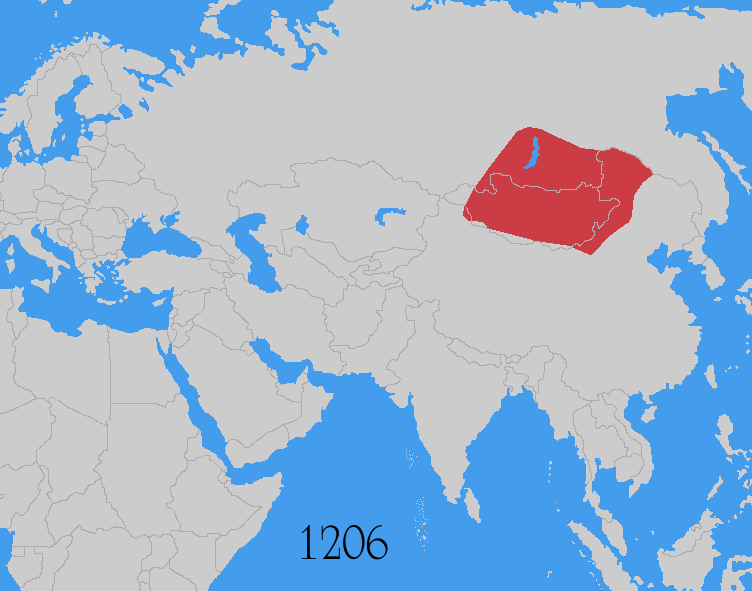

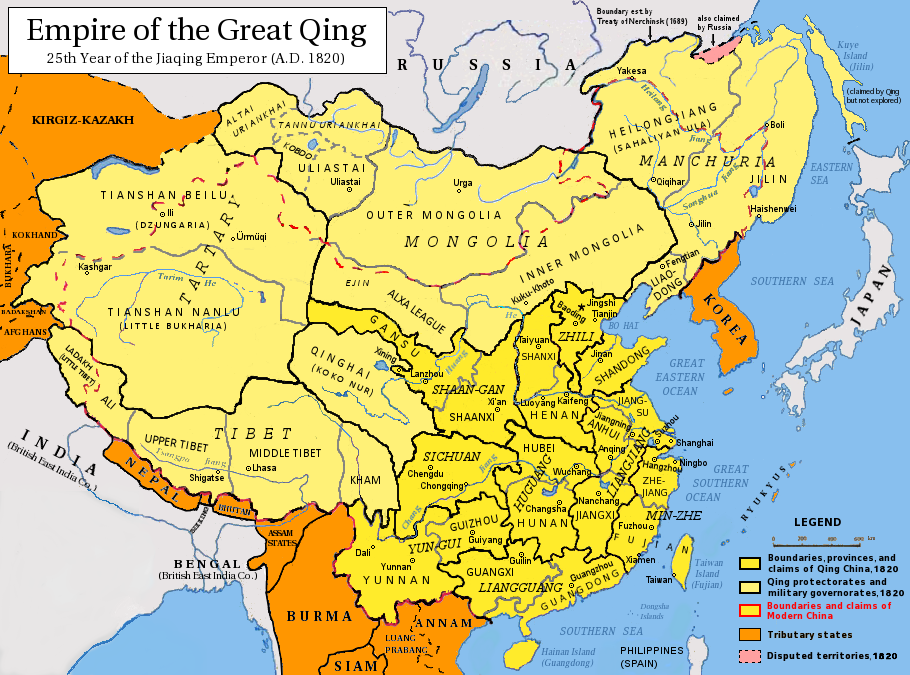


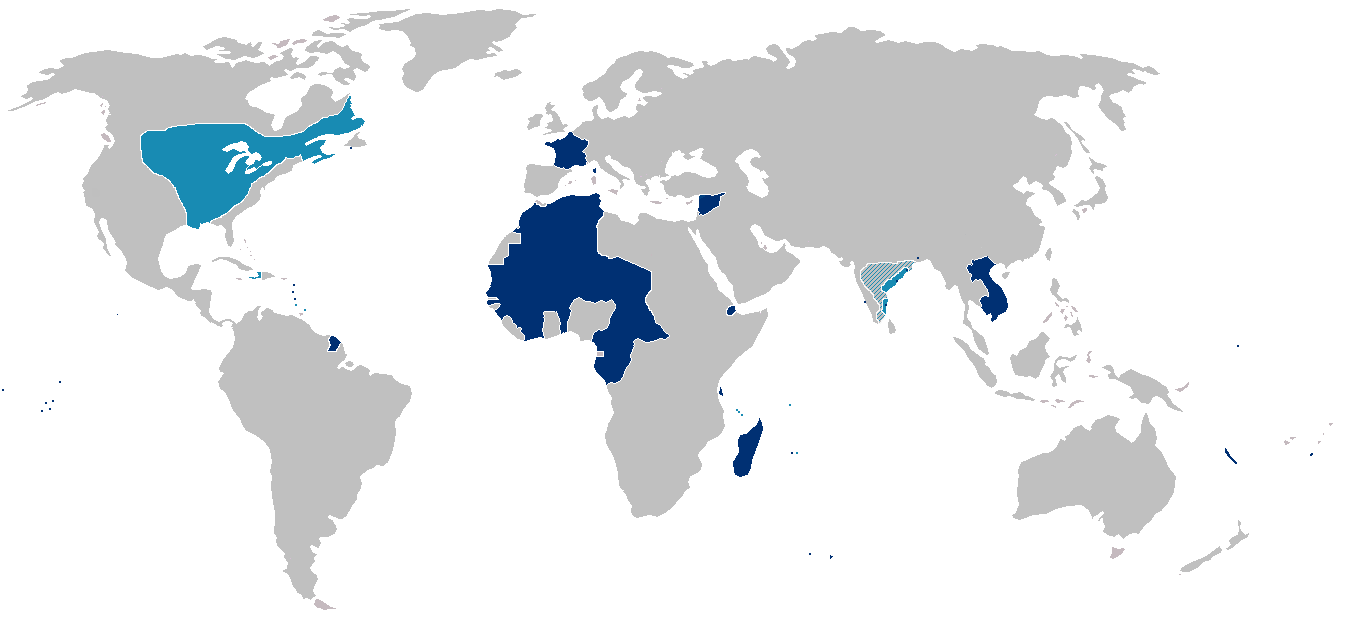


1 comment:
cantik sangat ..amy dapat bermimpi je la nak dapat rumah macam tue
P/s: Jemput join Cutest Baby Smiling Contest
Post a Comment